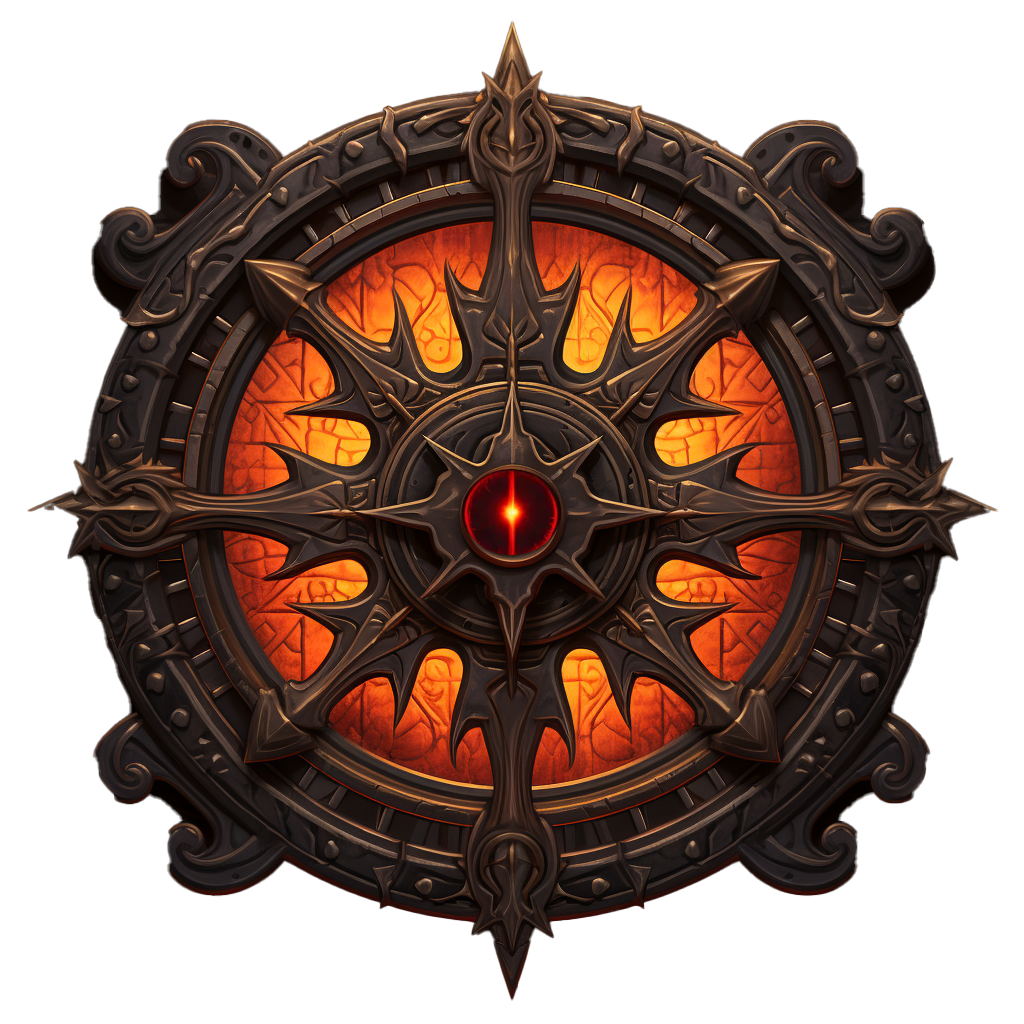Developed by Portalarium, “Shroud of the Avatar: Forsaken Virtues” was conceived as a spiritual successor to the “Ultima” series, with Richard Garriott, the famed creator of the aforementioned series, at the helm. Released in 2018, “Shroud of the Avatar” (SotA) sought to combine single-player narrative depth with MMO elements.
- Game developer: Portalarium
- Game publisher: Portalarium
- Release Date: 2014
- Platforms: PC (Windows, Linux, macOS)
- Official website: https://www.shroudoftheavatar.com/
- Genre: MMORPG, Sandbox, Fantasy




Gameplay
One of “Shroud of the Avatar”‘s standout features is its deep and complex crafting system. Players can engage in a myriad of professions, from blacksmithing to alchemy, creating intricate items and participating in a largely player-driven economy. The open skill system, rather than confining class-based setups, provides players the flexibility to develop their characters uniquely.
However, its combat system can sometimes feel clunky, lacking the polish and fluidity seen in some contemporary RPGs.
Drawing upon Garriott’s storytelling strengths, SotA offers a narrative rooted in virtue and consequence. The player’s actions and choices matter, impacting the world and story’s unfolding. While the lore is expansive, the delivery can sometimes feel disjointed, especially when the MMO aspects come into play.
“Shroud of the Avatar” aimed to meld a single-player RPG with MMO elements. This ambitious undertaking has been met with mixed reception. While it offers unique player-driven events and a real sense of community in some areas, it can sometimes feel sparse or disconnected, detracting from the immersive experience some single-player narratives provide.
A significant contention point has been the game’s monetization strategy. Some players feel that the in-game store and real estate market lean too heavily towards a “pay-to-win” or “pay-to-play” model, which can affect the game’s overall accessibility and enjoyment.
Graphics and Sound
Visually, “Shroud of the Avatar” presents a diverse and detailed world, though not always at the cutting edge of graphical fidelity. Environments are varied, with each locale having its unique aesthetic. Sound design is competent, with the musical score echoing nostalgic themes reminiscent of classic RPGs, though not always standing out in the crowded fantasy genre.
Conclusion
“Shroud of the Avatar” is an ambitious endeavor with moments of brilliance, particularly for those nostalgic for the “Ultima” series. Its crafting, open skill system, and rich lore stand out, but certain aspects, like its monetization strategy and occasional disconnect between single-player and MMO elements, prevent it from reaching its full potential. For RPG veterans and those looking for a deep, community-driven experience, it’s worth exploring, but others might find certain facets of the game less appealing.
Shroud of the Avatar System Requirements
Minimum Requirements
- Memory: 8 GB
- Graphics Card: NVIDIA 8800 GT, DirectX 10.0
- CPU: Intel Core 2 DUO 2.4 GHz
- File Size: 22 GB
- OS: Windows 7, macOS, Linux
Recommended Requirements
- Memory: 12 GB
- Graphics Card: NVIDIA GeForce GTX 1080, DirectX 11.0
- CPU: Quad Core Processor 2.4 GHz
- File Size: 22 GB
- OS: Windows 10, macOS, Linux


